No Claas product is subject to more scrutiny than the new Lexion combine harvester. Because the machines are a benchmark for the industry, Claas goes the extra mile to equip each new generation with the DNA to maintain the company’s edge. Dozens of pre-series combines are sent out around the world for use by farmers. Claas listens carefully to what they have to say. Their experiences are essential to putting the finishing touches on the machinery prior to regular production.

Western Australia
The Frankland River region, with its gently rolling hills, is located some four hours south of Perth by car. Kellie Shields and Donald Pentz’s farm can be found in the middle of this idyllic setting. The two are in charge of just over 6,000 hectares, where they grow rapeseed, various species of wheat, malting barley, and oats. Because of the sensitive soil on most of their land, the majority of their work has to be done without using a plough. Kellie comes from a family of farmers. Donald, her partner, joined the business in 2007, having previously worked in the wool industry.
Although the region is known more for sheep and cattle farming, grain growing is on the rise. The region has plenty of water. With large parts of the continent struggling with dryness and droughts, these hydric conditions are a rarity in Australia. However, as Kellie puts it:
“The drier years are often our best ones.”
The farm has used Claas harvesting machinery for some 18 years now, ever since Caterpillar dealers started importing Lexion combine harvesters, beginning with the 480 series. For its most recent harvest, the farm was one of the first to receive two pilot series machines from the latest Lexion generation. After all, the growing and harvesting cycle there is six months ahead of the agricultural year in the northern hemisphere.
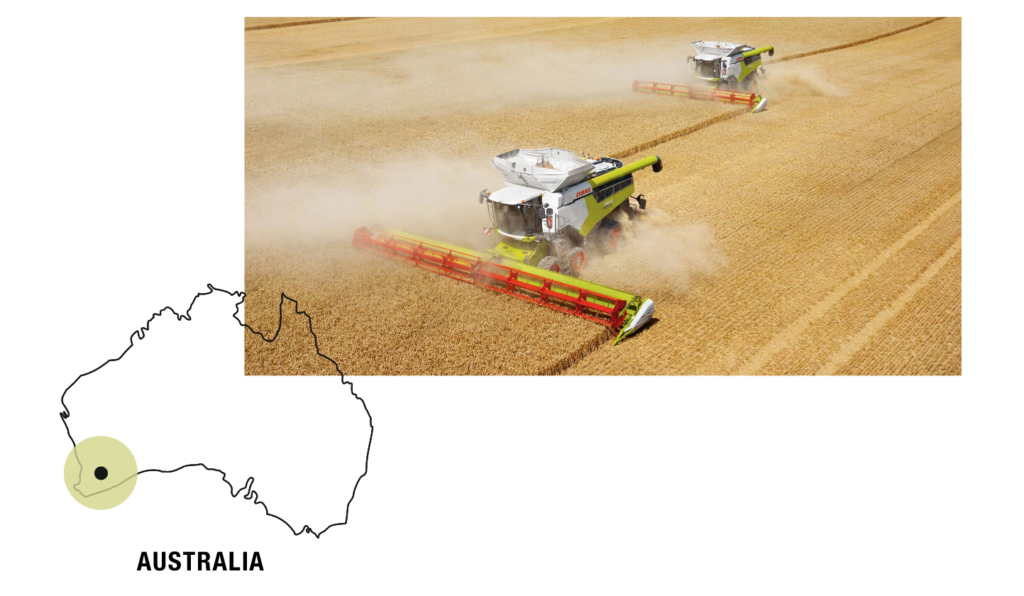
When asked about the differences in performance compared to previous models, Kellie and Donald mention the high discharge speed, minimal losses, low fuel consumption, tremendous grain tank capacity, and the new operating terminal. As they put it, the new machines offer a 15 to 30 percent increase in performance for wheat and barley over previous models. For rapeseed, that figure stands at 10 to 20 percent. The Cemos Automatic machine optimization system, which nearly reached its swath-depositing limits during the rapeseed harvest, was one of the reasons for the increase. For local Claas engineers, those limits were more of a challenge than a negative observation.
Kellie and Donald also have words of praise for local Claas employees, who have been more than happy to help look after the farm’s Lexion fleet, offering their expertise at all times and even at short notice.
Germany
What are other farmers saying? Herbert Lisso is happy to tell us. Neu-Seeland Agrar GmbH is located not in New Zealand, as the name might lead a casual observer to believe, but near the town of Aschersleben in the German state of Saxony-Anhalt. The company looks after 1,400 hectares of farmland, divided into 20 plots measuring 70 hectares. The region receives an average of 450 millimeters of precipitation a year, and the soil is good. Using crop rotation, the agricultural enterprise grows wheat, corn, rapeseed, and triticale.
As a result of extreme heat and dryness, the 2019 harvest was below average, but generally okay – giving a brand-new Claas combine harvester from the new, pre-production Lexion generation an opportunity to show what it was capable of.
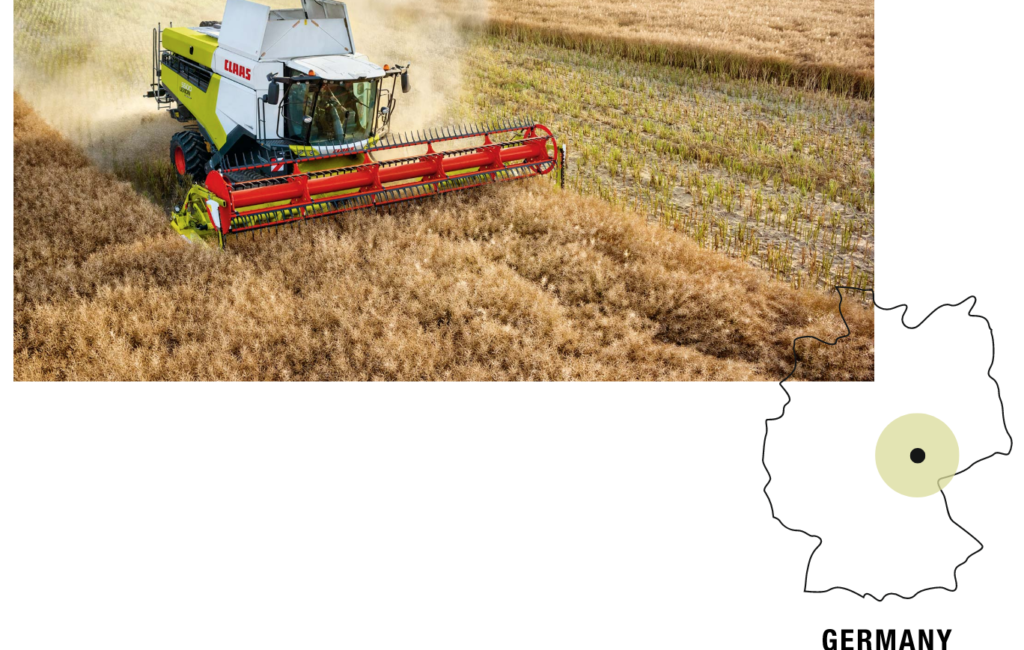
Herbert Lisso, 72, earned his stripes as a farmer at the company and served as its general manager until he retired. When it comes to new technology, he still takes a seat behind the wheel of the new combine harvester and offers his two cents on whether or not to buy it. And the new pre-series Lexion 8700 won him over.
“The larger drum and the generally optimized crop flow – that was a good move. It’s impressively quiet while operating, and the straw quality is excellent.”
The new cutter bar has also been met with his stamp of approval: “The cutter bar is now more sensitive and responsive.” However, the 2019 harvest did not give the new machinery a real opportunity to test its limits. “The engine load never got any higher than 60 percent,” Lisso adds.
Still, power alone is not an argument from Herbert Lisso’s point of view. He is an advocate of precision farming, especially in connection with large-scale agriculture. “Digitalization is making it easier and easier to manage size,” he believes. He would like to see more options from Claas, such as comparative, multiyear yield-mapping analysis. And as everyone knows, Claas listens to its customers.
United States – Oregon
The journey continues in Oregon, on the West Coast of the United States. High on a plateau, Ryan Boyle runs a 1,200-hectare farm. Because precipitation is rare up here, irrigation is a must. Ryan’s main specialty is the seed. His crops include grass seed, dill, and flower seed, as well as alfalfa and hay. Enthusiastically, he reports that 80 percent of the carrot seed in the United States comes from his region.
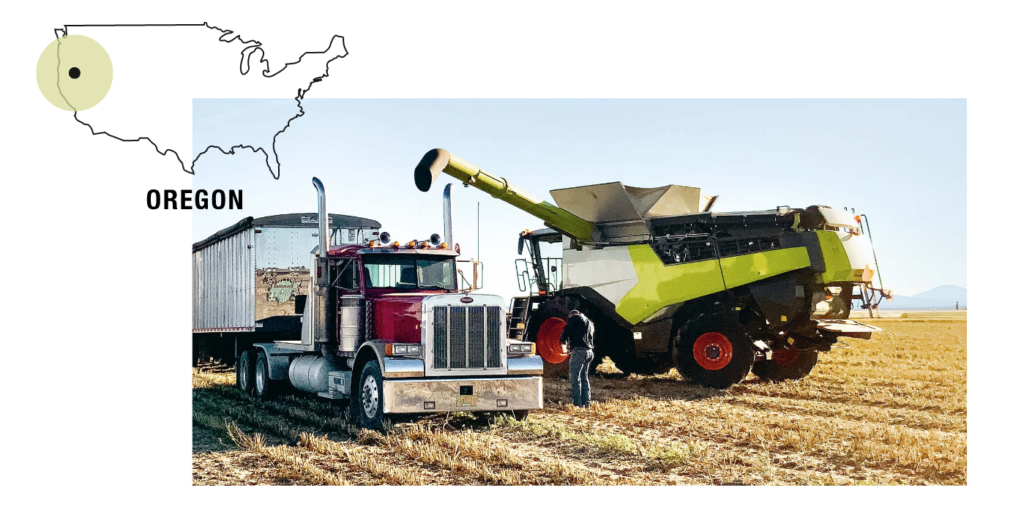
The Boyles are a third-generation farming family. Because they work their fields themselves, they have a fleet of machinery to help them get the job done. For twelve years now, the family-run business has relied on machinery from Claas. The farm currently uses five Lexion combine harvesters, one of which is a pre-series 8600 that joined the fleet on July 8, 2019. Ryan remembers the exact date. Above all, a harvester has to be gentle on the sensitive crops – a subject he is quick to bring up.
“Most combine harvesters are designed for soybeans and grain,” …“They don’t work too well with more sensitive crops.”
Despite repeated requests to share even the things that have gone wrong, Ryan has only good things to say. He raves about the machinery’s quiet operation, its harvesting performance, and the significant improvement in crop quality, especially when it comes to highly sensitive seed such as bluegrass.
He says the many technical changes and their positive effect on the harvester’s overall performance have been a huge success, singling out the entire threshing system, the large grain tank, and the fuel-efficient engine. He also leaves no doubt as to just how happy he is with the expertise and responsiveness of the Claas service team. Ultimately, he sums up his experience by saying: “Claas is a wonderful company.”
United States – Illinois
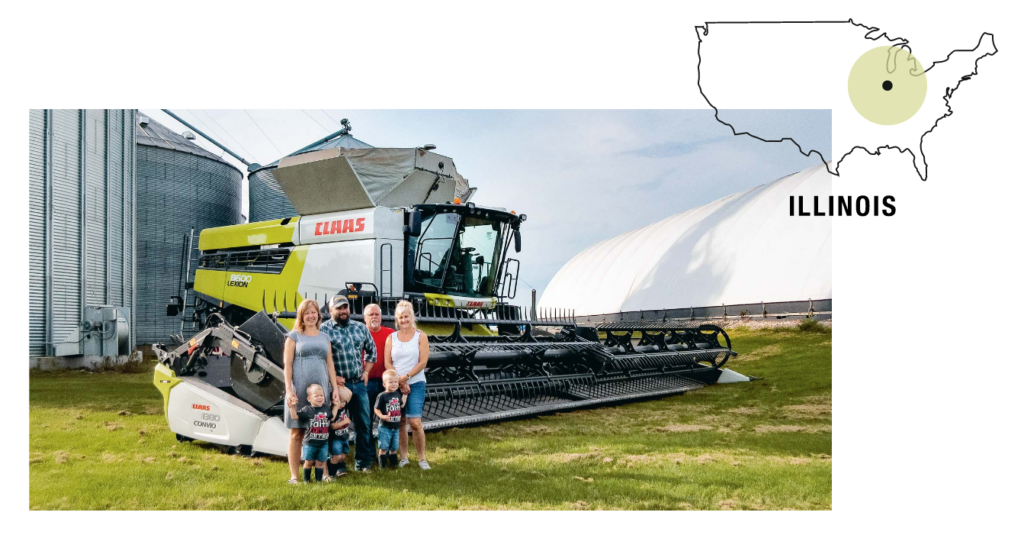
Some 2,000 miles (roughly 3,200 kilometers) and two time zones east of Ryan Boyle’s farm lies the town of Harvard, Illinois. In this community outside Chicago, Cody Book and his family work 2,400 hectares of fertile, chernozem farmland. Books grow a variety of crops, such as corn and beans. They also look after 1,400 animals. Rain is plentiful, and some fields even need a drainage system to prevent flooding and waterlogging.
Asked about problems with the pilot series harvester, Cody Books speaks of “minor hiccups,” but is quick to add: “It ran like it should.” Additionally, the people from Claas were quick to remedy any minor defects. Today, the new Lexion is capable of performing the work of two competing machines.
The 34-year-old Cody makes no secret of how impressed he is by the threshing performance and convenience of his new combine harvester.
“You can set a lot more things directly from the cab,”
he says, also pointing out how unbelievably quiet the new machine is while operating. He is happy that the harvester does not produce as much dust during threshing, something he noticed while cleaning it after a long day’s work. Because his farmhand was done so quickly, Cody was concerned that he might not have done the job properly. But he had: The machine was clean.
Cody Book also likes the new onboard computer in the Class Lexion, mainly because it is easier to operate than its predecessors. With a grin, he draws a parallel to the way different generations of people feel about using a computer. What his father found challenging is no problem for him. When it comes to his children, he knows they will be just fine – and so will the Book farm.
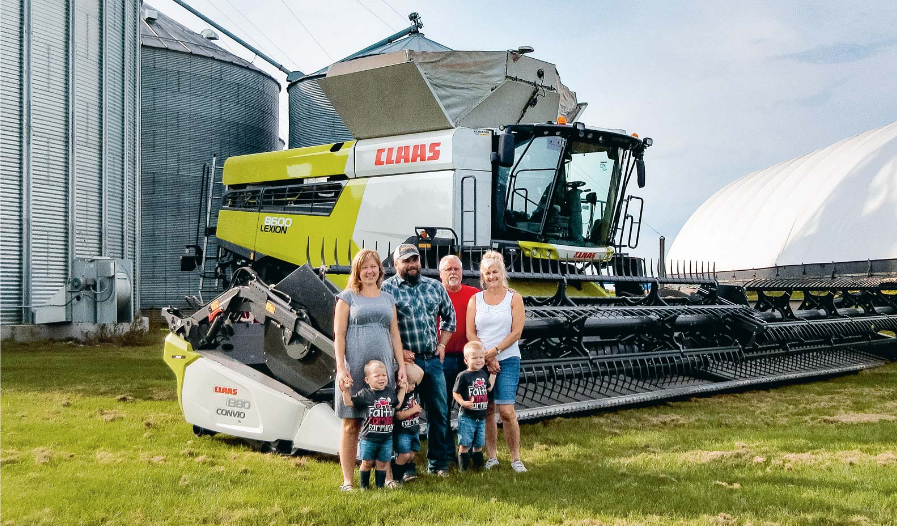
Source: Class
 Copyright 2020 All rights reserved.
Copyright 2020 All rights reserved.